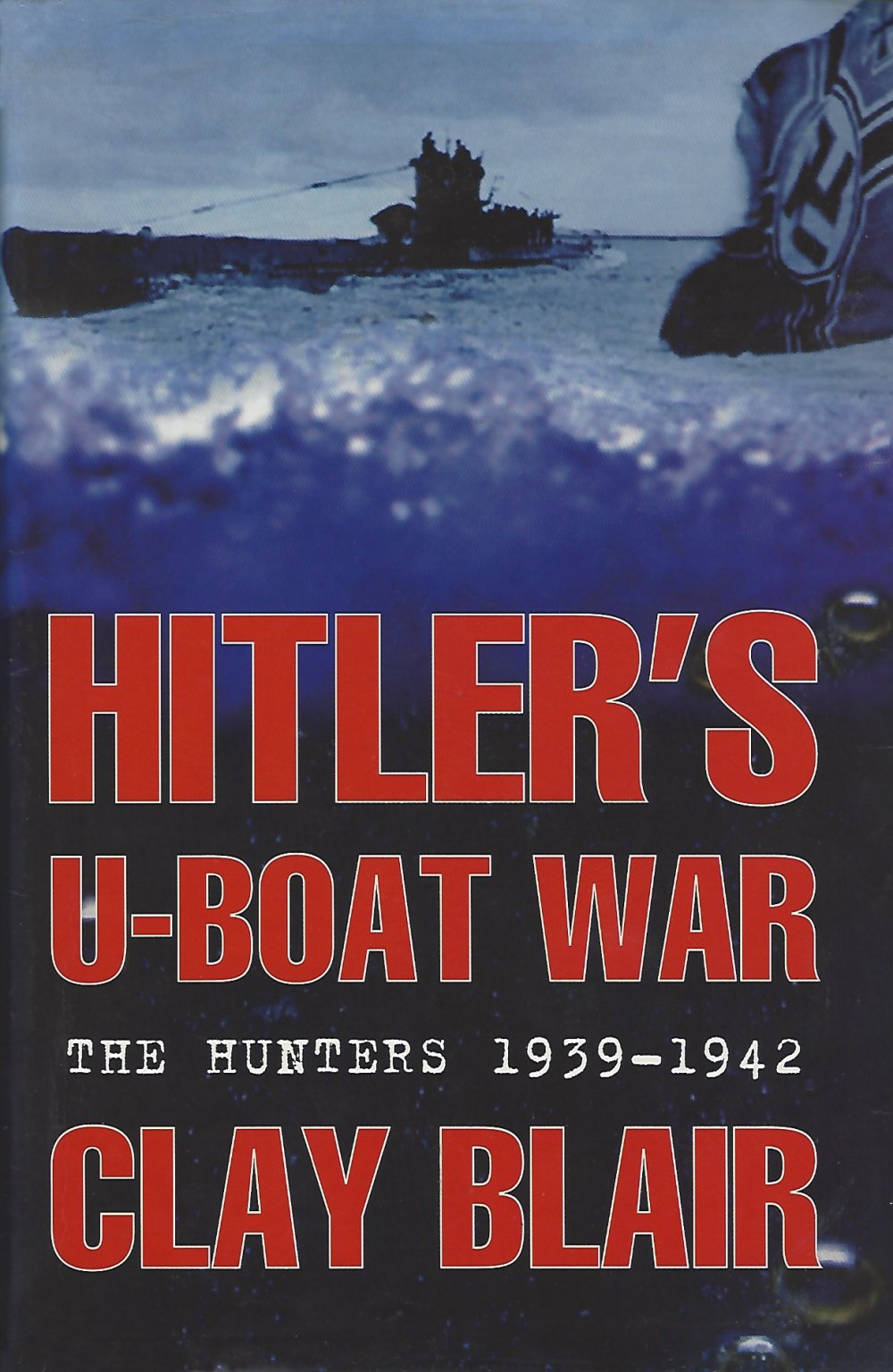

Most ebook files are in PDF format, so you can easily read them using various software such as Foxit Reader or directly on the Google Chrome browser.
Some ebook files are released by publishers in other formats such as .awz, .mobi, .epub, .fb2, etc. You may need to install specific software to read these formats on mobile/PC, such as Calibre.
Please read the tutorial at this link: https://ebookbell.com/faq
We offer FREE conversion to the popular formats you request; however, this may take some time. Therefore, right after payment, please email us, and we will try to provide the service as quickly as possible.
For some exceptional file formats or broken links (if any), please refrain from opening any disputes. Instead, email us first, and we will try to assist within a maximum of 6 hours.
EbookBell Team

4.4
62 reviewsA former infantryman, Adolf Hitler had little use for the German navy, which he considered inept and politically suspect. Still, through the skillful maneuverings of a young, up-and-coming naval officer named Karl Dönitz, Hitler eventually endorsed a costly program of shipbuilding. As a result, Dönitz was able to field a vast fleet of U-boats when Germany went to war against France and England in 1939. Although his enemies were initially better equipped, Dönitz was the craftier fighter, launching daring raids on shipping convoys and Allied harbors, and for a time, controlling the chief Atlantic sealanes.
In this monumental history, Clay Blair analyzes the German U-boat campaigns from 1939 to 1942 (a companion volume continues his narrative to 1945), which, he writes, fall into three phases: one against England alone, another against the newly arrived American navy, and a furious third against the combined Allied forces. Blair argues, against other historians, that the "U-boat peril" has been overestimated. He holds that the American submarine campaign against Japan in the Pacific was far more effective, and observes that 99 percent of Allied merchant ships on transatlantic convoys reached their destinations. Even so, the U-boats introduced a powerful element of terror into an already horrific war, diverting Allied effort into antisubmarine campaigns and delaying the transport of much-needed materiel.
Blair's outstanding work adds much to the naval history of World War II. Packed with detail, it is sure to become a standard work on the Battle of the Atlantic. --Gregory McNamee
From Publishers WeeklyEverything about this book is big: its page count, its thesis?and its shortcomings. Blair is a respected authority on submarine warfare whose Silent Victory, a history of the U.S. submarine service, remains a widely cited work. He is also a master of operational narrative, a writer who can put readers in a destroyer's bridge or a U-boat's conning tower as convincingly as many novelists. Here, in the first of two projected volumes, Blair employs a comprehensive mix of German, British and U.S. sources to argue that the German U-boats have been mythologized, their successes overstated and their threat to the Allied war effort exaggerated. While U-boats delayed and diminished the arrival of supplies to Europe, 99% of all ships in transatlantic convoys reached their destinations. For Blair, that is a sizable margin of acceptable loss. He even stands foursquare behind Admiral Ernest King's reluctance to organize merchant convoys after Pearl Harbor. German U-boats operating off the Atlantic Coast and in the Caribbean accounted for about a quarter of all tonnage sunk during the war, but even these losses could be replaced. Blair compares by implication German failures in the U-boat war to the U.S. submarine campaign in the Pacific, which succeeded in strangling Japan by mid-1945. But to assert, as he does, that the U-boats never had a chance seems to fly in the face of an overwhelming body of evidence that cannot be dismissed as retrospective mythmaking. Even before the climactic convoy battles of 1943, the Allied navies were morally and materially stretched to near breaking point. Though richly informed and a pleasure to read, this volume ultimately provokes without convincing. Photos and maps not seen by PW. History Book Club selection.
Copyright 1996 Reed Business Information, Inc.